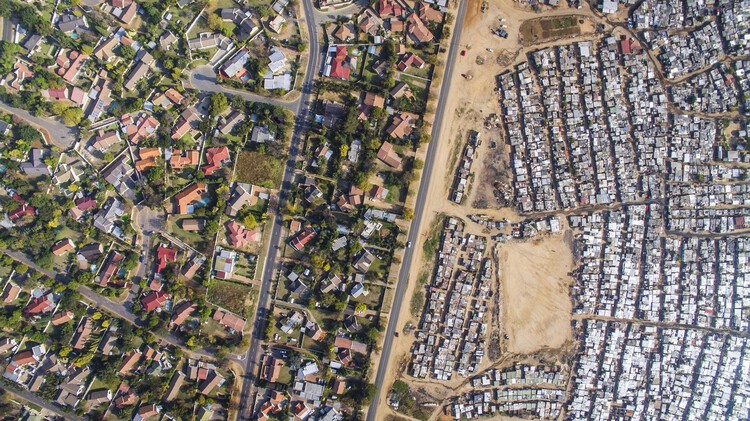
The world is facing an Urban Century. The world’s population is collapsing into city centers as manufacturing and agriculture need fewer humans because technology replaces the human hand with machines. The world's urban population has grown from 751 million in 1950 to 4.46 billion in 2021 and will grow to 6.68 billion by 2050.
While architects and designers want to define and control the future of our cities, the immediate reality of New York City, now, is a lesson in what may be our future. It’s response can be seen by the advent of The Tower the fabric of Manhattan.












._Image_by_Zupagrafika.jpg?1653259487)
































.jpg?1614899251)
.jpg?1614898654)



